Navigating city life with a reactive dog can be a challenging experience for pet owners. Reactive dogs may become easily agitated or frightened in busy urban environments, making it difficult to manage their behavior and keep them safe. However, with the right strategies and support, owners can learn to navigate city life with their furry friends and enjoy all that urban living has to offer.

One key strategy for managing a reactive dog in the city is to provide them with plenty of exercise and mental stimulation. This can help to reduce anxiety and prevent boredom, which can trigger reactive behavior. Owners can also work with a professional dog trainer or behaviorist to develop a training plan that addresses their dog's specific needs and challenges.
In addition to training and exercise, there are also a variety of support resources available to pet owners in the city. These may include dog-friendly parks and green spaces, pet stores that offer training classes and behavioral consultations, and online communities where owners can connect with others who are navigating similar challenges. By taking advantage of these resources and implementing effective strategies, pet owners can help their reactive dogs thrive in the city and enjoy all the benefits of urban living.

Understanding Reactivity in Dogs
Reactivity in dogs is a common issue that can make navigating city life challenging. Reactive dogs may bark, growl, or lunge at people, other dogs, or even objects. These behaviors can be triggered by various stimuli, such as unfamiliar people or dogs, loud noises, or sudden movements.
Reactivity can be caused by a variety of factors, including genetics, lack of socialization, fear, anxiety, or past traumatic experiences. It's important to understand that reactive behavior is not a sign of aggression, but rather a coping mechanism that dogs use to feel safe and in control.
To help manage reactivity in dogs, it's important to first identify the triggers that cause the reactive behavior. Once the triggers are identified, a plan can be developed to help the dog feel more comfortable and confident in those situations.
Some strategies for managing reactivity include:
- Desensitization and counterconditioning: This involves gradually exposing the dog to the trigger in a controlled and positive manner, while rewarding calm behavior.
- Management: This involves avoiding triggers or using tools such as leashes or muzzles to prevent reactive behavior.
- Training: This involves teaching the dog alternative behaviors, such as focusing on the owner or performing a specific task, to redirect their attention away from the trigger.
It's important to work with a qualified trainer or behaviorist to develop a personalized plan for managing reactivity in dogs. With patience, consistency, and the right support, it's possible to help reactive dogs navigate city life with confidence and ease.

Assessing Your Dog's Triggers
Before navigating city life with a reactive dog, it's crucial to identify what triggers your dog's reactive behavior. Some common triggers include loud noises, unfamiliar people or dogs, sudden movements, and crowded spaces. However, every dog is unique, and it's essential to assess your dog's triggers individually.
One effective way to assess your dog's triggers is to keep a journal of your dog's behavior. Record the date, time, location, and any relevant details such as the presence of other dogs or people. Note your dog's behavior, including body language, vocalizations, and any signs of distress or aggression.
Another helpful tool is to conduct a behavior assessment with a professional dog trainer or behaviorist. They can help identify your dog's triggers and provide guidance on how to modify your dog's behavior.
It's important to remember that identifying triggers is only the first step. Once you have identified your dog's triggers, you can work on developing strategies to manage and modify your dog's behavior in these situations. With patience, consistency, and the right support, you can help your reactive dog navigate city life with confidence and ease.
Creating a Positive Environment at Home
Safe Spaces
When living with a reactive dog in the city, it's important to create a safe and comfortable environment at home. One way to accomplish this is by providing your dog with a designated safe space. This could be a crate, a bed, or a specific room in the house. Make sure this space is comfortable and inviting, with plenty of soft bedding, toys, and treats.
It's also important to ensure that your dog has access to this safe space at all times. This means keeping the door open or removing any barriers that may prevent your dog from entering the space. By providing your dog with a designated safe space, you are giving them a place to retreat to when they feel overwhelmed or anxious.
Routine and Structure
Reactive dogs thrive on routine and structure. Creating a consistent daily routine can help your dog feel more secure and reduce their stress levels. This means feeding your dog at the same time every day, taking them for walks at the same time, and providing them with regular playtime and exercise.
It's also important to establish clear boundaries and rules for your dog. This includes rules around where your dog is allowed to go in the house, how they should behave around visitors, and what behaviors are acceptable and unacceptable. By establishing clear boundaries and rules, you are giving your dog a sense of structure and predictability, which can help reduce their anxiety and improve their behavior.
Overall, creating a positive environment at home is an important part of navigating city life with a reactive dog. By providing your dog with a safe space and a consistent routine, you can help them feel more secure and reduce their stress levels, which can lead to improved behavior and a happier, healthier dog.
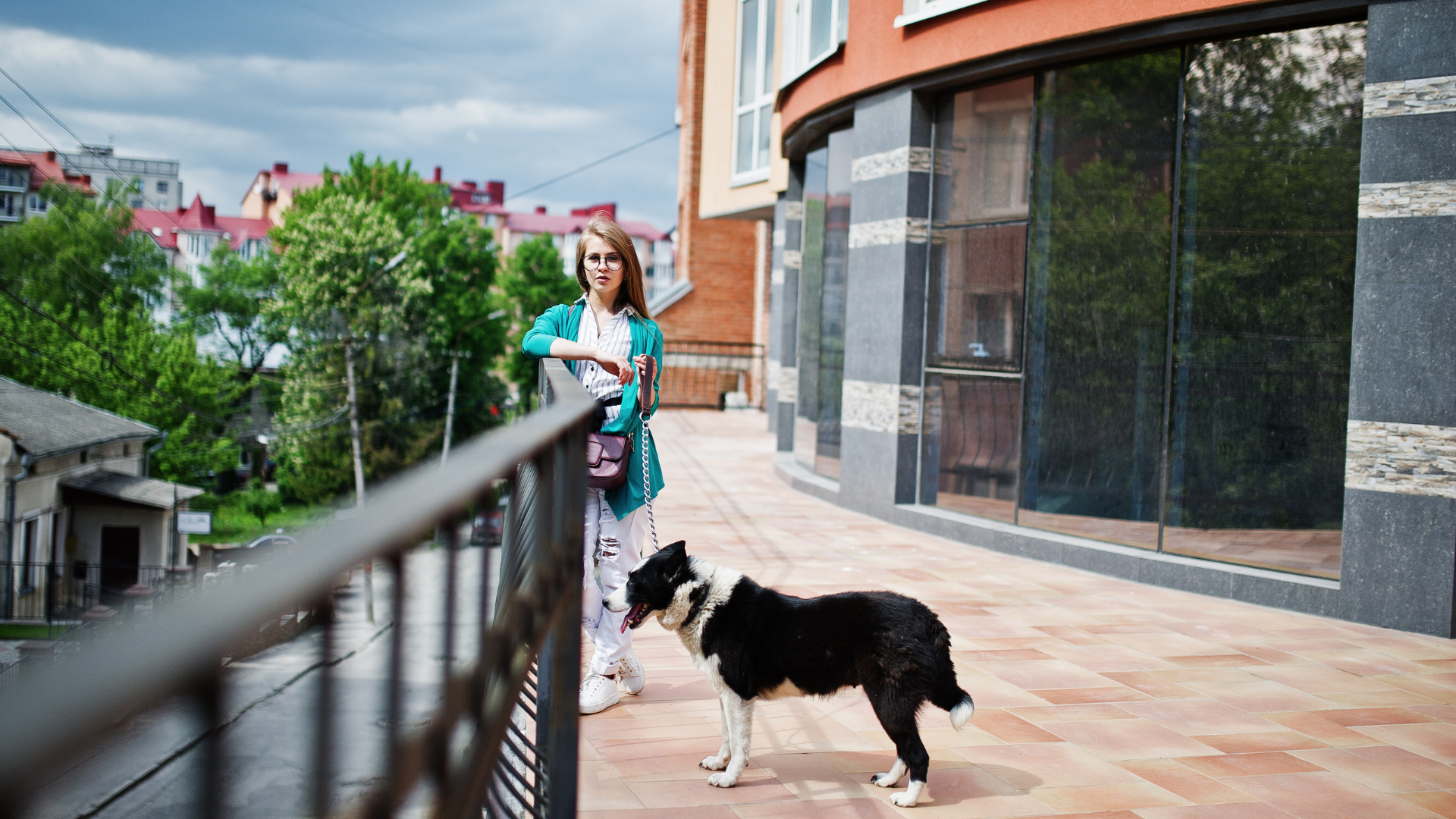
Training Techniques for Reactive Dogs
Reactive dogs can benefit from a variety of training techniques to help them manage their anxiety and fear in urban environments. Here are some effective strategies that can be used to train reactive dogs.
Basic Obedience
Basic obedience training is an essential foundation for all dogs, but it is especially important for reactive dogs. A reactive dog that has a solid foundation in basic obedience commands such as sit, stay, come, and heel will be easier to manage in stressful situations. Basic obedience training helps to establish a clear line of communication between the owner and the dog, which can help to reduce anxiety and build trust.
Desensitization and Counterconditioning
Desensitization and counterconditioning are two techniques that can be used to help reactive dogs overcome their fears and anxieties. Desensitization involves gradually exposing the dog to the trigger that causes the reactive behavior, while counterconditioning involves changing the dog's emotional response to the trigger. By pairing the trigger with something positive, such as treats or play, the dog can learn to associate the trigger with positive experiences rather than fear or anxiety.
Professional Training Options
For some reactive dogs, professional training may be necessary to help them overcome their fears and anxieties. There are a variety of professional training options available, including group classes, private training sessions, and behavior modification programs. It is important to choose a trainer or behaviorist who has experience working with reactive dogs and who uses positive reinforcement techniques.
Overall, training techniques for reactive dogs can help to improve their behavior and make it easier for them to navigate city life. With patience, consistency, and the right training techniques, even the most reactive dogs can learn to manage their anxiety and fear.
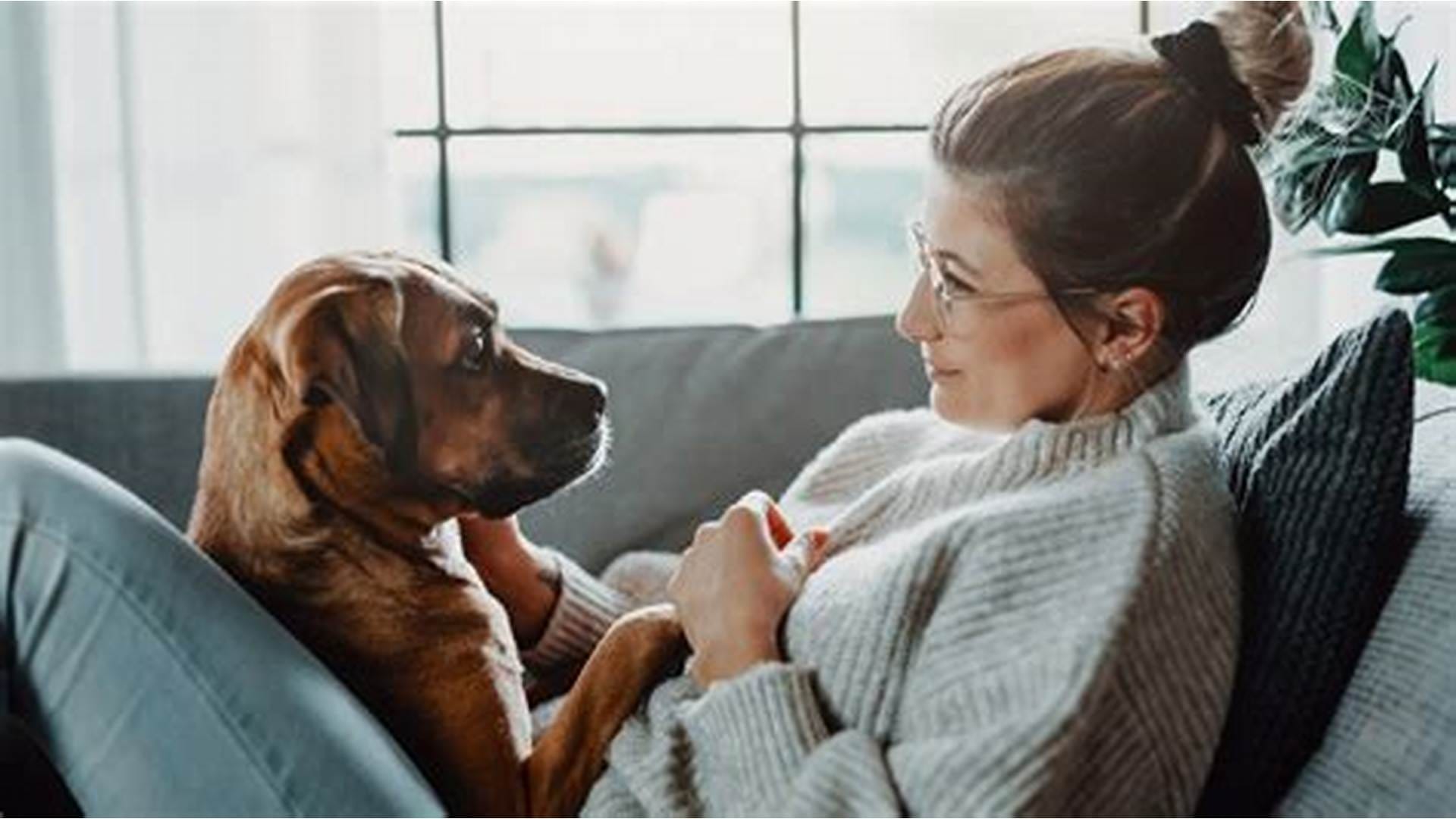
Navigating Outdoor Spaces
Choosing the Right Time and Route
When navigating outdoor spaces with a reactive dog, choosing the right time and route is crucial. It's important to avoid crowded areas and high-traffic times of day. Early morning or late evening walks can be a good option for reactive dogs who are easily overwhelmed by stimuli.
In addition, choosing a less crowded route can help reduce the chances of encountering triggers. Avoiding areas with loud noises or lots of foot traffic can help minimize your dog's stress levels.
Tools and Equipment
Having the right tools and equipment can make a big difference when navigating outdoor spaces with a reactive dog. A sturdy leash and collar or harness can help you maintain control of your dog in case they become agitated.
Consider carrying treats or toys to distract your dog or redirect their attention if they become fixated on a trigger. A muzzle may also be necessary for dogs who have a history of aggression towards people or other animals.
Handling Confrontations
Despite your best efforts, there may be times when you encounter a trigger while out with your reactive dog. It's important to have a plan in place for handling these situations.
If possible, try to remove your dog from the situation and give them space to calm down. Avoid punishing or scolding your dog, as this can increase their anxiety and make the situation worse.
If you encounter a person who is afraid of or uncomfortable around your dog, be respectful and understanding. Offer reassurance and keep your dog under control. Remember that not everyone understands reactive dogs, and it's up to you to advocate for your pet and keep them safe.
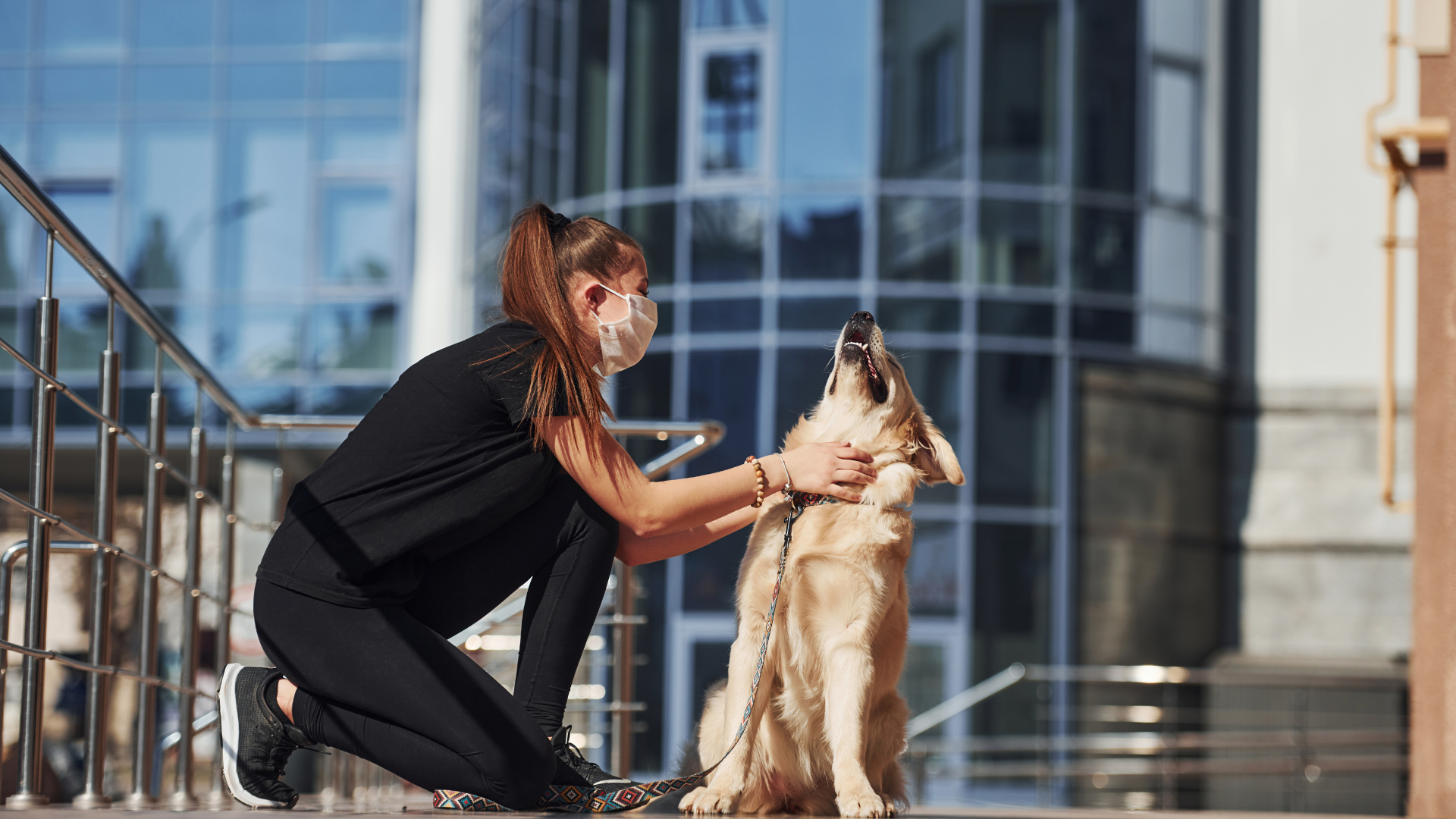
Building a Support Network
Having a reactive dog can be challenging, but building a support network can make a big difference. This section will cover two types of support networks: online communities and local support groups.
Online Communities
The internet provides a wealth of resources for dog owners, and there are many online communities dedicated to reactive dogs. These communities can provide a safe space to ask questions, share experiences, and get advice from others who understand what it's like to live with a reactive dog.
Some popular online communities for reactive dog owners include:
- Reactive Dogs Facebook Group: This group has over 30,000 members and is a great place to connect with other reactive dog owners.
- Reactive Dogs Reddit Community: This community has over 5,000 members and is a good place to ask questions and share experiences.
- Reactive Champion Facebook Group: This group is dedicated to helping owners of reactive dogs become "reactive champions" and has over 2,000 members.
Local Support Groups
In addition to online communities, there may be local support groups in your area that can provide additional support. These groups may offer training classes, socialization opportunities, or simply a place to connect with other dog owners.
To find local support groups, try searching online for "reactive dog support group" in your city or town. You can also ask your veterinarian or local animal shelter for recommendations.
It's important to note that not all support groups may be a good fit for you and your dog. Be sure to do your research and attend a few meetings before committing to a group.
By building a support network, you can find the help and resources you need to navigate city life with a reactive dog.
Managing Setbacks and Progress
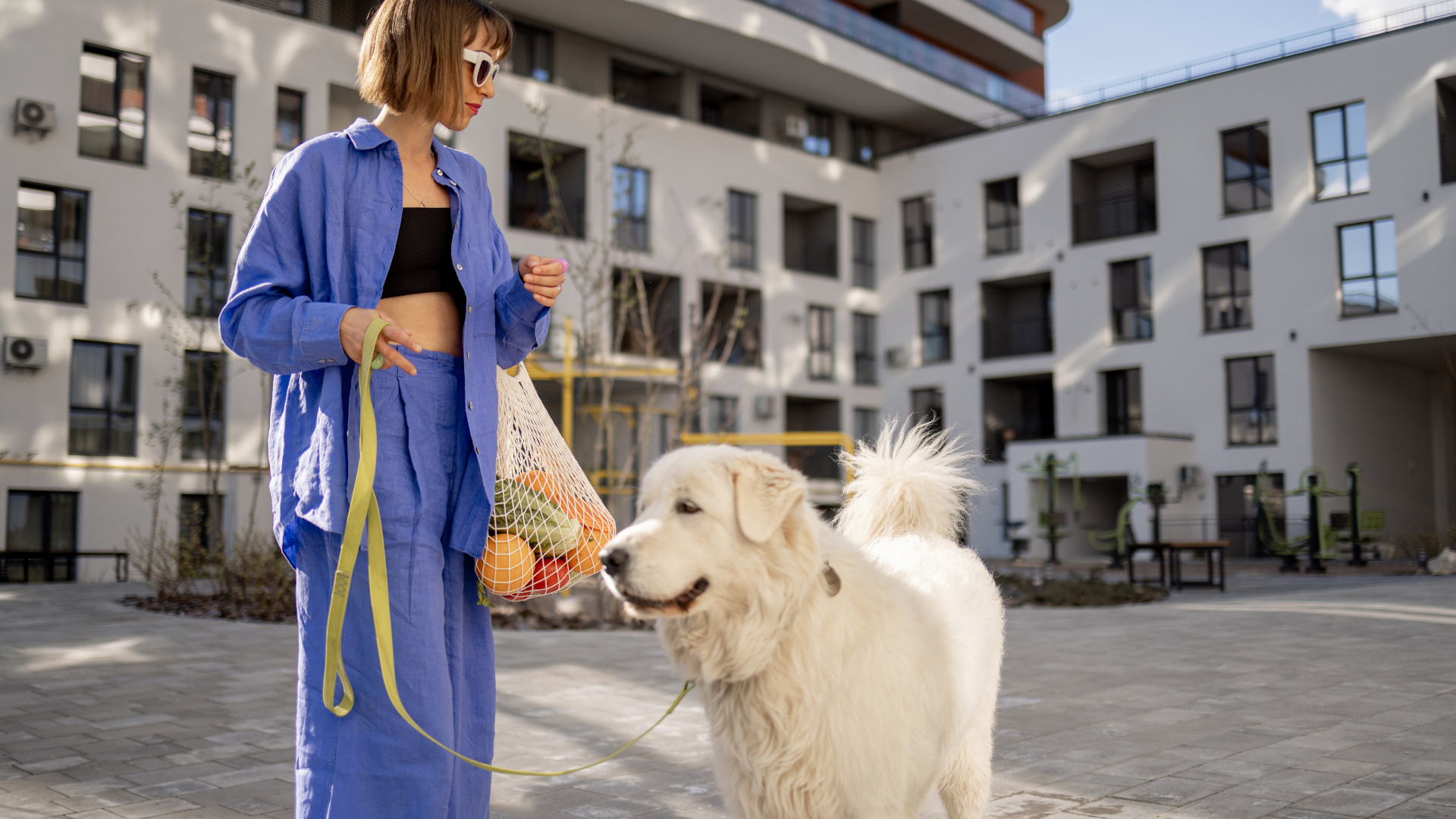
Tracking Improvements
It can be helpful to track progress when working with a reactive dog in a city environment. This can help owners to identify what is working well and what may need to be adjusted. One way to track progress is to keep a record of the dog's reactions on walks, noting what triggers the reactivity and how the dog responds. This can help owners to identify patterns and make adjustments to their training strategies.
Another way to track progress is to set specific goals for the dog's behavior and work towards achieving them. For example, an owner may set a goal for their dog to be able to walk past a busy street without reacting. They can then work on gradually increasing the difficulty of the situation until the dog is able to achieve this goal.
Adjusting Strategies
It is important for owners to be flexible and willing to adjust their strategies when working with a reactive dog. What works for one dog may not work for another, and what works in one situation may not work in another. If an owner is not seeing progress with their current strategies, it may be necessary to try something new.

One strategy that can be effective is desensitization and counterconditioning. This involves gradually exposing the dog to the trigger in a controlled environment and rewarding them for calm behavior. Over time, the dog learns to associate the trigger with positive experiences and their reactivity decreases.
Another strategy is to work on building the dog's confidence. This can involve training exercises that focus on obedience and positive reinforcement, as well as providing the dog with plenty of mental and physical stimulation.
By tracking progress and being willing to adjust their strategies, owners can help their reactive dogs to navigate city life more successfully.
Legal Considerations and Responsibilities
When living in the city with a reactive dog, it is important to be aware of the legal considerations and responsibilities that come with dog ownership. Failure to comply with these laws can result in fines, legal action, and even the removal of the dog from the owner's care.
Licensing and Registration
Most cities require dogs to be licensed and registered with the local government. This involves filling out paperwork, providing proof of vaccinations, and paying a fee. Failure to license and register a dog can result in fines and legal action.
Leash Laws
Many cities have leash laws that require dogs to be on a leash when in public areas. This is to ensure the safety of both the dog and other people and animals in the area. Owners who violate leash laws can be fined and may be held liable for any damages caused by their dog.
Breed-Specific Legislation
Some cities have breed-specific legislation that prohibits certain breeds of dogs from being owned within city limits. This is often due to concerns about the breed's perceived aggression or potential danger to the community. Owners who violate breed-specific legislation can face fines, legal action, and the removal of their dog from their care.
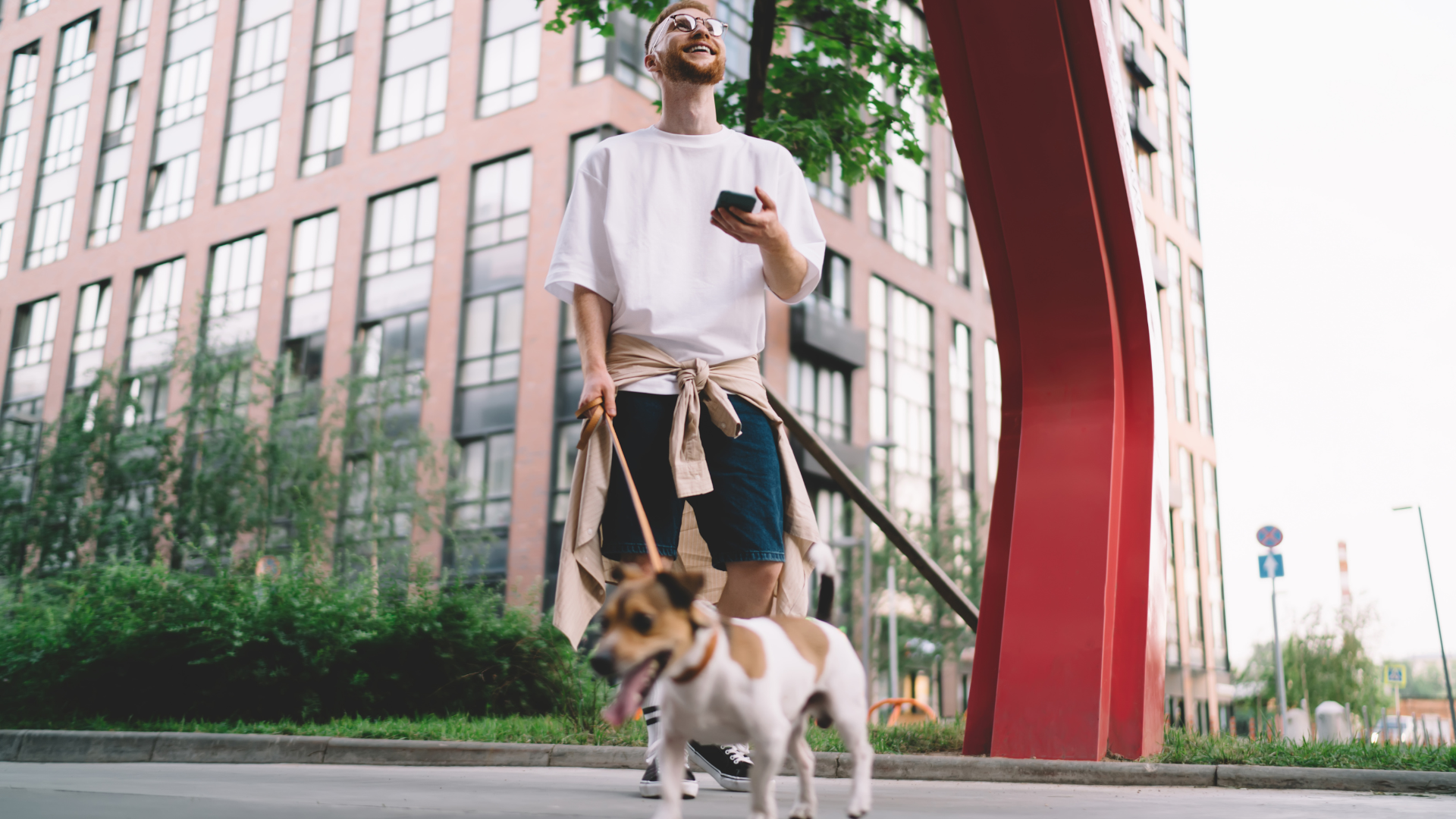
Liability and Insurance
Dog owners are responsible for any damages caused by their dog, including injuries to people or other animals. It is important for owners to have liability insurance to protect themselves in case of an incident. Some cities require dog owners to have liability insurance and failure to comply can result in fines and legal action.
By being aware of these legal considerations and responsibilities, dog owners can navigate city life with their reactive dogs while also ensuring the safety of their community.
Long-Term Outlook and Quality of Life
Navigating city life with a reactive dog can be challenging, but with proper training and support, it is possible to improve the dog's behavior and quality of life. It is important to remember that reactive dogs may never be completely "cured," but with consistent training and management, their behavior can be managed effectively.
One key strategy for improving a reactive dog's long-term outlook is to provide ongoing training and socialization. This can include working with a professional dog trainer, attending obedience classes, and exposing the dog to new environments and experiences. Socialization can help the dog feel more comfortable and confident in a variety of situations, which can reduce their reactivity.
Another important aspect of managing a reactive dog's behavior is to provide them with plenty of exercise and mental stimulation. This can include daily walks, games of fetch or tug-of-war, and puzzle toys that challenge the dog's mind. Exercise and mental stimulation can help reduce a dog's stress levels and prevent them from becoming bored or anxious.
In addition to training and exercise, it is also important to provide a reactive dog with a safe and secure living environment. This may include using a crate or gate to confine the dog to a specific area of the home, providing plenty of toys and chew items, and ensuring that the dog has access to fresh water and a comfortable bed.
Overall, with the right strategies and support, it is possible to improve a reactive dog's behavior and quality of life. By providing ongoing training and socialization, plenty of exercise and mental stimulation, and a safe and secure living environment, owners can help their dogs feel more comfortable and confident in a variety of situations.
Conclusion
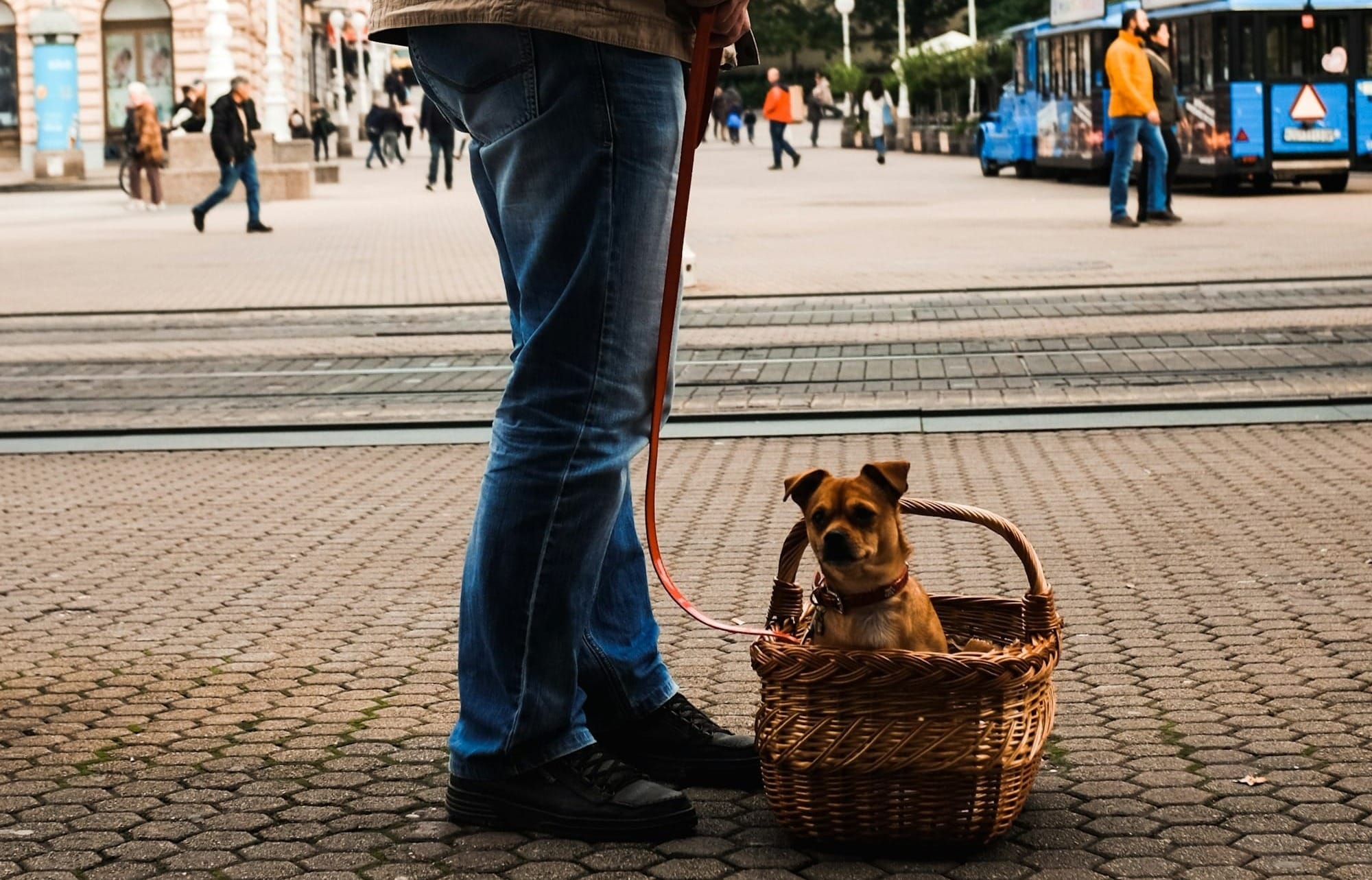
Navigating city life with a reactive dog is undoubtedly challenging, but with patience, training, and support, it can be manageable. Remember to prioritize your dog's comfort and safety while exploring urban environments together.
FAQs
- Can reactive behavior in dogs be cured?
- Reactive behavior can be managed and improved with proper training and behavior modification techniques. However, complete "cure" may depend on the individual dog and the severity of their reactivity.
- Is it safe to take a reactive dog to a dog park?
- Dog parks may not be suitable for reactive dogs due to the unpredictable nature of interactions. Controlled environments with familiar dogs may be preferable for socialization.
- Should I use a muzzle for my reactive dog?
- Muzzles can be a helpful tool in certain situations to prevent biting or unwanted behaviors. However, proper training and desensitization are crucial before introducing a muzzle.
- How can I help my reactive dog adjust to city noises?
- Gradual exposure and positive reinforcement can help desensitize dogs to city noises. Create a calming environment at home and use background noise or white noise machines to mask loud sounds.
- What should I do if my reactive dog shows aggression towards strangers?
- Consult with a professional dog trainer or behaviorist to assess the underlying causes of aggression and develop a tailored behavior modification plan.




